- Johnson Controls
- Fire Suppression
- Firefighter Air Replenishment Systems (FARS)
Firefighter Air Replenishment Systems (FARS)
Johnson Controls acquired the FARS technology from Rescue Air Systems in 2022. We recognized that FARS is consistent with our mission and values and wanted to make this important system available throughout the US and elsewhere globally.
A vital tool for modern firefighting
See how FARS works and why firefighters need it in the buildings they protect
Firefighters already can access water when battling fires in large structures, but not their other necessary resource: air. Through a dedicated FARS standpipe, firefighters can easily connect to ready-to-use air to refill their tanks in just minutes. This eliminates the traditional need for additional firefighters serving as a labor-intensive air bottle brigade and helps create an empowered, safer and more efficient solution to battling fires.
FARS in focus – explore these insights into why model codes matter
Debunking myths and advancing firefighter safety
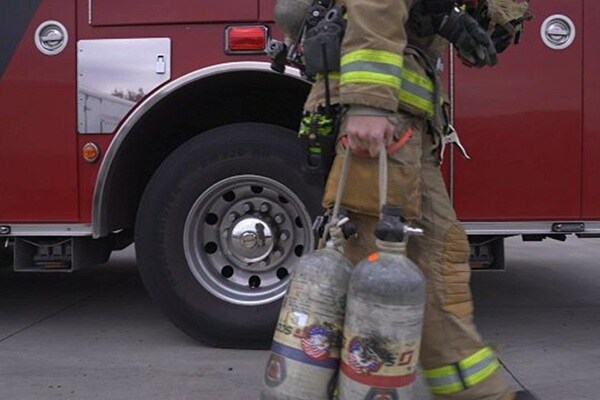
Why Texas firefighters are talking about FARS
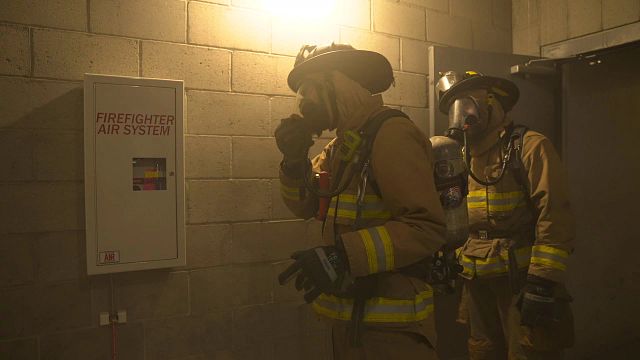
The FARS system helps maximize building safety
FARS helps jurisdictions keep pace with development and meet the safety challenges of larger, taller buildings. FARS is required in more than 100 jurisdictions across the U.S. and the number is growing.
Big buildings mean big challenges for air resupply. FARS provides air access at fill stations throughout a structure, allowing firefighters to stay in the firefight and focus on saving people and property.
FARS is part of a broad family of fire and life safety solutions from Johnson Controls.
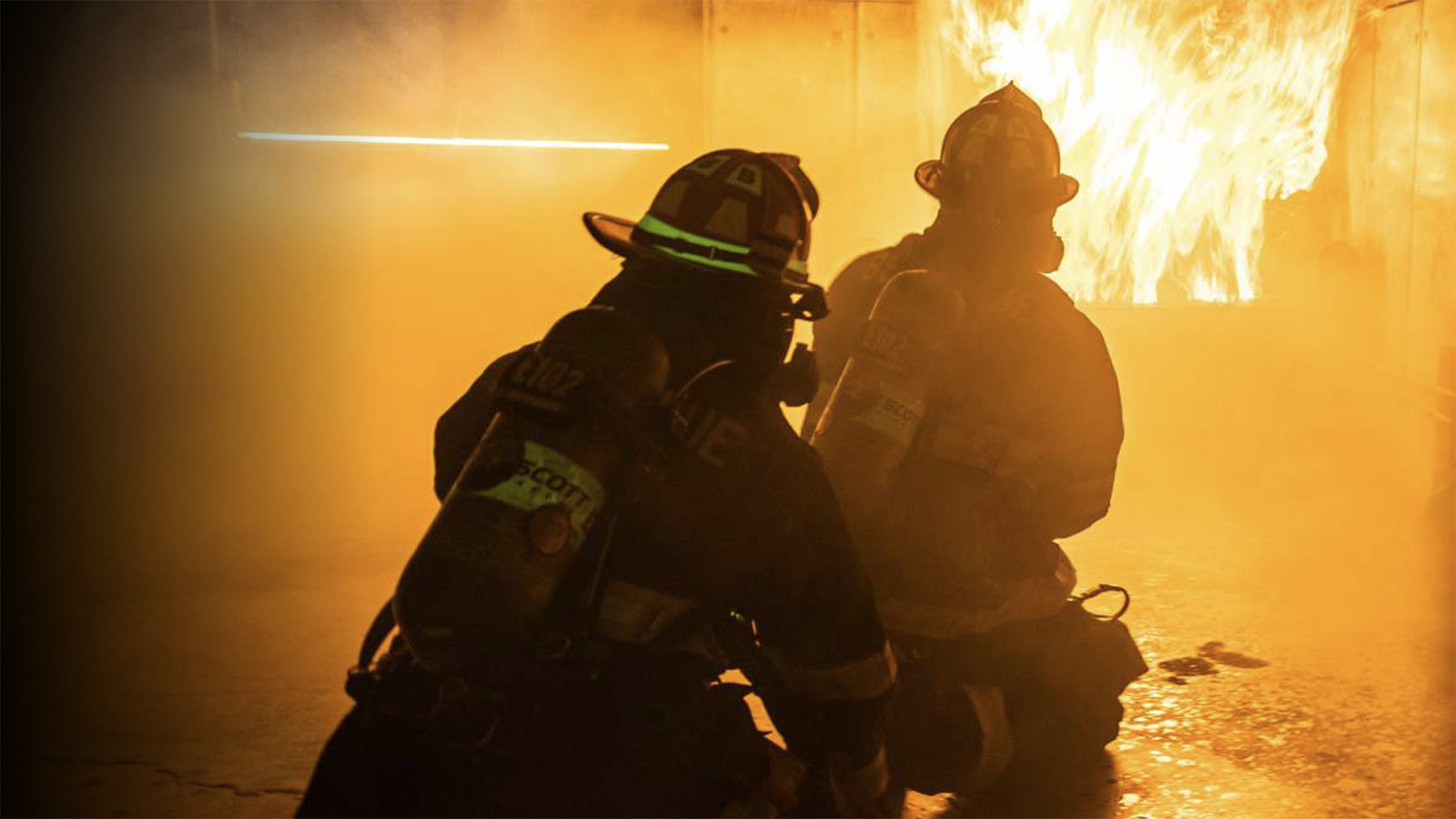
Firefighter Air Replenishment Systems (FARS) brochure
Download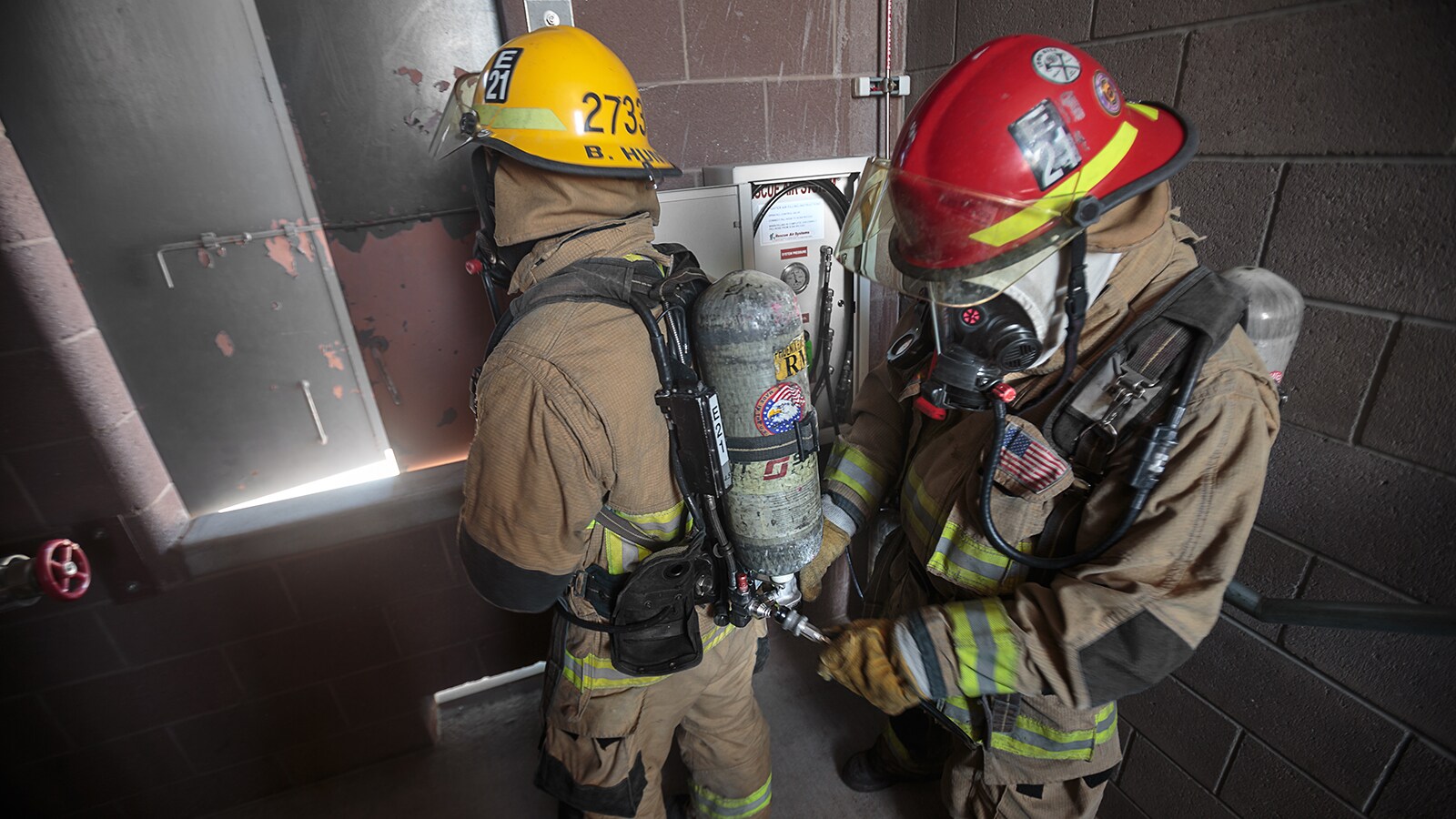
Ensuring firefighter safety with dependable air supply
FARS meets or exceeds NFPA air quality standards according to Trace Analytics report
Get detailsWhere can FARS be used?
In buildings of five floors or more, FARS makes air resupply available all the way to the roof, eliminating the need for manual delivery of air.
Open floor plans allow smoke to spread fast. Limited entry and exit points make it challenging to bring air in and get firefighters out when air supply runs low.
Air currents generated by the movement of cars or trains accelerate the spread of smoke and toxic fumes, intensifying the need for fast, dependable air resupply.
We can customize a Firefighter Air Replenishment System based on your needs and application. Contact us to discuss your project.
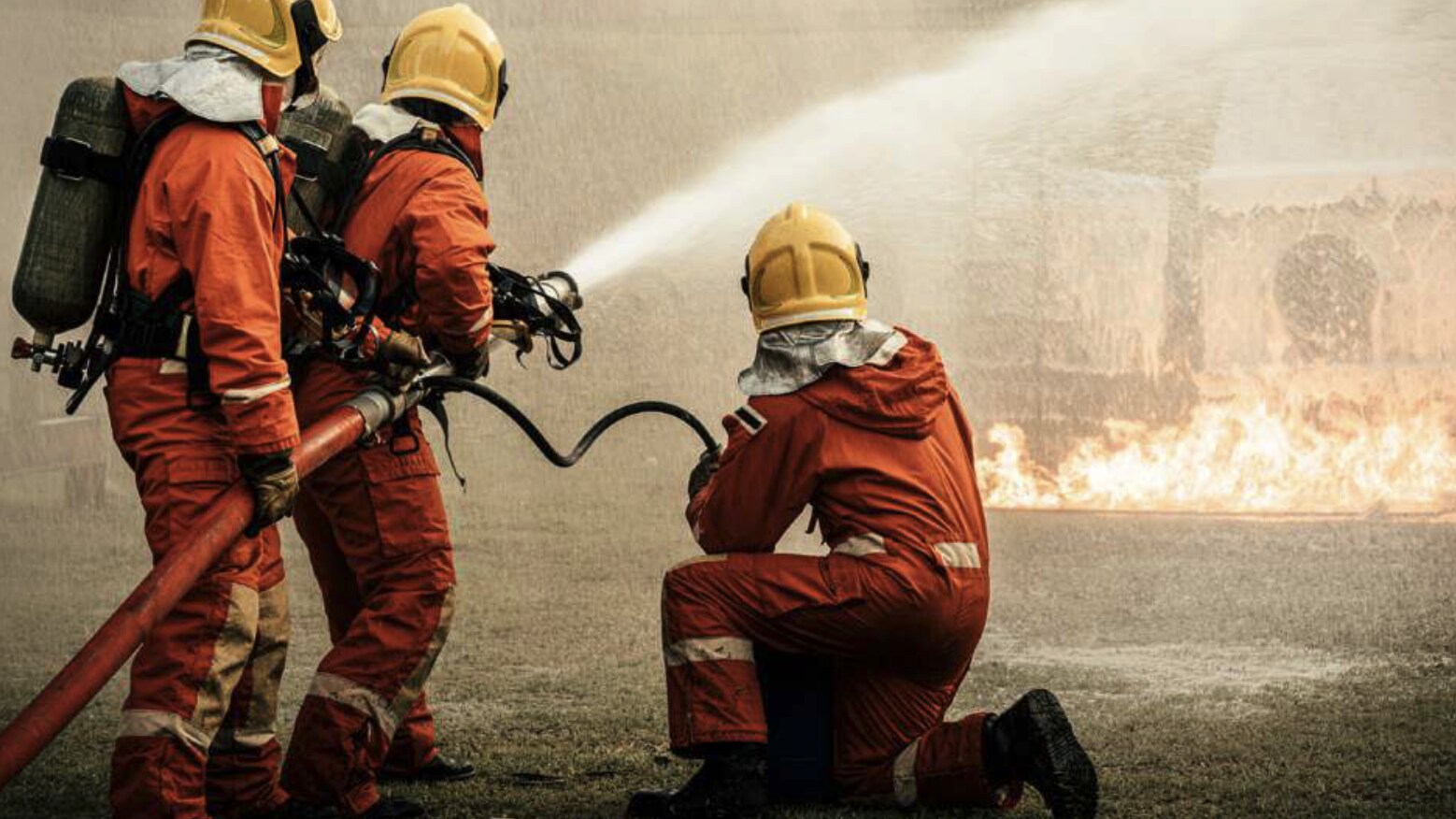
We proudly support the Firefighter Air Coalition
Read how they bust the top myths about FARS.
A brief history of FARS-related codes
In 2006, the International Association of Plumbing and Mechanical Officials (IAPMO) amended its Uniform Plumbing Code to include a requirement for FARS in buildings over 75 feet tall. In 2015, the International Code Committee (ICC) approved adding FARS to the International Fire Code (Appendix L). And in 2018, the National Fire Protection Association (NFPA) added FARS to NFPA-1. Find the codes below:
Appendix L of the 2021 ICC International Fire Code
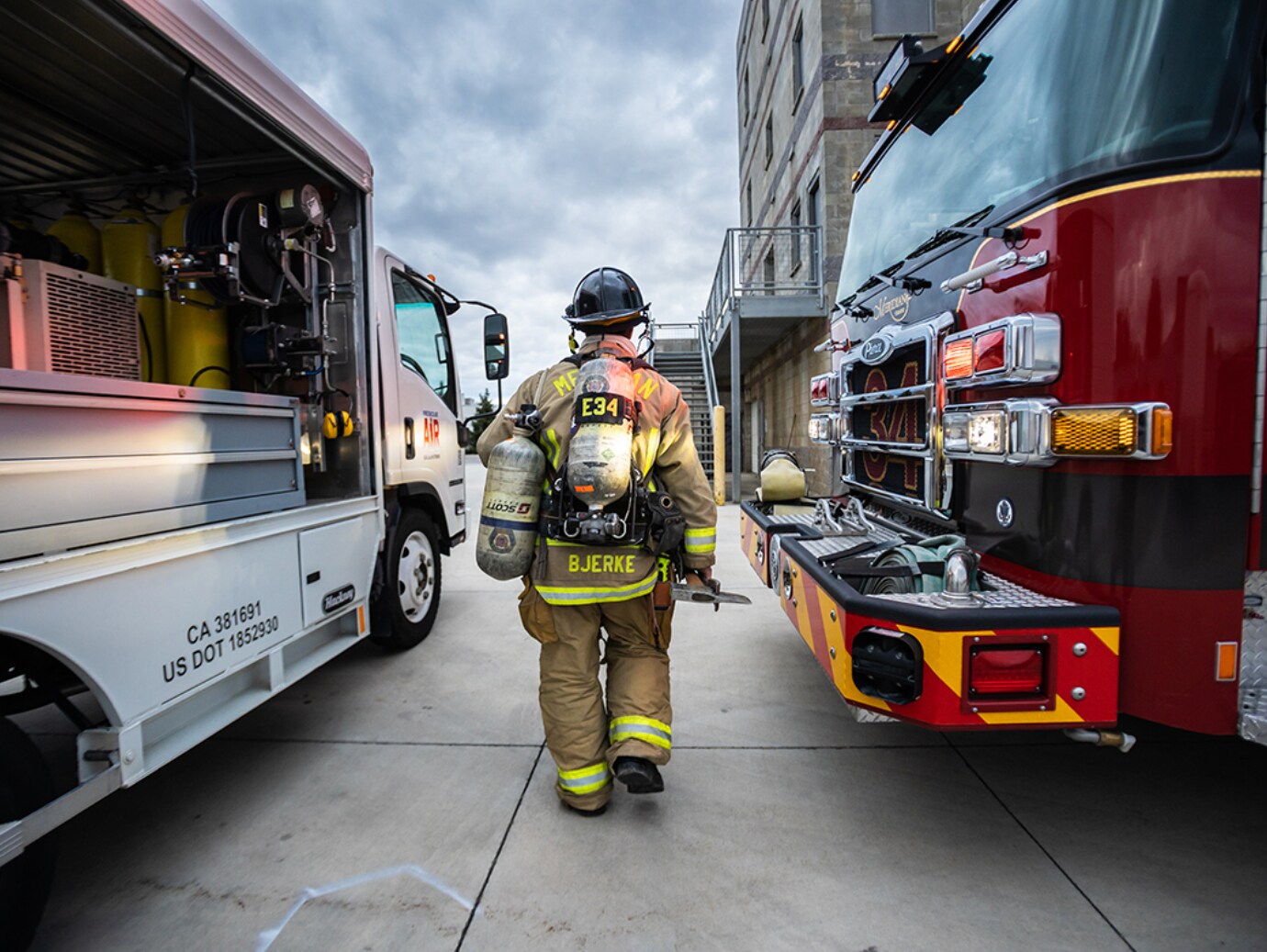
FARS frequently asked questions
-
What is a firefighter air replenishment system (FARS)?
FARS is a building-installed standpipe that delivers breathing air. The systems are designed to provide firefighters with a quick, safe, reliable and constant source of air resupply during all stages of a large structure fire. Firefighters can refill their air bottles at filling stations located throughout a building during emergency operations while under full respiration. Just as water standpipes deliver water, FARS deliver air.
-
Why is FARS necessary?
A 30-minute rated air bottle provides the average firefighter with a breathing air supply of 12-14 minutes. Without FARS, providing air resupply to fire crews working on upper floors in a high-rise or deep in a big box-style structure is done by hand – assigned firefighter crews shuttle replacement bottles to staging areas either by stairway or elevator. This process is time-consuming, labor-intensive, and takes trained personnel away from other critical tasks like fire attack and search and rescue.
Firefighters without access to air resupply are at much greater risk of exposure to the carcinogens present in fire smoke. The International Association of Firefighters (IAFF)
estimates that cancer caused 66% of firefighter line of duty deaths between 2002-2019.
-
How quickly can a firefighter refill an air bottle?
Fill times and capacity of a specific system can vary based on system design, the number of bottles simultaneously connected and other factors. Many jurisdictions require a FARS to be capable of filling two air bottles within two minutes; however, this requirement can vary from one jurisdiction to another. -
How do FARS work?
During the construction process, FARS installers will install a ½" stainless steel piping distribution system to interconnect all system components. Depending on the preference of the Authority Having Jurisdiction, air-filling stations are located at various locations in designated stairways or in air resource closets (every two floors is a common requirement). FARS can also be retrofitted into existing buildings.
The air-fill stations are wall-mounted panels with high-pressure hoses designed to fill two air bottles within two minutes. In the first stages of firefighting, the air supply comes from on-site storage cylinders located in an air storage room, typically on a building’s ground floor. Later, air is supplied by a fire department's mobile air unit.
View this video to learn more about how FARS work. -
What are the benefits of FARS to a building owner and occupants?
The manual delivery of air is labor-intensive, making fewer firefighters available for other critical tasks like fire attack, search and rescue. With FARS, more fire crews can focus on saving lives and property.
FARS can also help to speed up later stage operations like salvage and overhaul, which typically take place in an environment immediately dangerous to life and health (IDLH) and require that firefighters remain on air. Accelerating these operations with ready access to air resupply can help to minimize property loss and expedite the return of the building to operational status.
-
Can FARS only be installed in a high-rise structure?
No. FARS are installed in mid-rises, high-rises, tunnels, big box-style structures, underground structures, and mega-buildings. These structures all present unique logistical challenges to firefighters for the delivery of air.
Common code requirements include:
- Buildings of five or more stories in height
- Structures with two or more floors below grade
- Buildings of 250,000 square feet or more in size, regardless of height
-
Why not deliver replacement air bottles by elevator?
Elevators are not a reliable delivery system for replacement air bottles. They present a failure risk during a fire. Additionally, the manual delivery of air, even via an elevator, is labor-intensive, making fewer firefighters available for other critical tasks like fire attack, search and rescue.
-
Do fully sprinklered buildings need FARS?
FARS and sprinkler systems are complimentary systems, not redundant systems.
While a fire typically can be controlled by sprinklers, in some instances, the fire will not be fully extinguished, leaving final extinguishment to firefighters.
Partially extinguished fires can expose firefighters to cold smoke, which is dangerous and disorienting. Cold smoke makes search and rescue more difficult and the need for air replenishment more acute, since it creates an environment immediately dangerous to life and health (IDLH) and, as such, requires that firefighters remain on air.
With ready access to air replenishment via FARS, later stage operations in an IDLH environment like search and rescue, salvage and overhaul can be completed faster and with a higher level of safety.
-
How do I know the air in a FARS is safe to breathe?
Every commissioned FARS is monitored on a continuous basis for: humidity, carbon dioxide, carbon monoxide, oxygen, nitrogen and hydrocarbons.
Testing and certification are typically performed quarterly. A study of nearly 7,000 air quality reports on FARS systems over a 7-year period found that the air in FARS exceeds NFPA (National Fire Protection Association) 1989 standards. In fact, FARS air quality was more compliant with NFPA 1989 standards than non-FARS fire department compressed breathing air samples taken from non-FARS sources like SCBA. -
Where does the air come from?
FARS uses air from large, commercial air cylinders located in an air storage room of the building or supplied from a fire department's mobile air unit. The system is pressurized constantly, making the air immediately available to first responders. The air is delivered to each emergency air fill panel through an interconnected piping distribution system, like those used in medical gas systems found in hospitals and clinics.
-
What are the testing and certification protocols for FARS?
Testing and certification are typically performed on a quarterly basis and are dictated by local codes. NFPA-1 Annex D covers FARS Inspection, Testing and Maintenance Requirements. Inspection includes a visual examination of the system and its components as specified in the code.
-
What is the cost of FARS to a fire department?
FARS do not impact fire department budgets. When a system is required by a local fire code, a building owner/operator pays for installation and maintenance, just as they do with other building-installed fire protection equipment such as sprinkler systems and fire alarms. The only cost to the local fire department will be to train personnel on how to use the system. Training is quick, efficient, and can be easily integrated into current training programs.
-
What is the cost of FARS to a building owner?
Every FARS installation is unique. Each system is uniquely designed to meet specific building and jurisdiction requirements. Here are some of the factors that can impact the cost of a FARS installation:
- Size and design of the buildingNumber of stairwells equipped with FARS
- New construction versus repurposing of an existing site
- Prevailing labor rates in a market
- Competitive bidding activity
- Installation complexity
- Code requirements in a jurisdiction
If you are in a jurisdiction considering a FARS code adoption and need more information on costs, Johnson Controls can work with the local fire officials to understand their department’s needs and model FARS systems with historical system and installation data to estimate system cost for construction types in their jurisdiction.
Additionally, the system will need to comply with applicable inspection, testing and maintenance requirements. Johnson Controls FARS Certified Installers are also licensed and trained to do this work and can provide costs for these services.
-
What codes govern FARS?
FARS is covered in the following codes. Each of these codes assures a high level of safety with rigorous installation, testing, and maintenance requirements to ensure that air quality meets the requirements of NFPA 1989.
-
How many jurisdictions have adopted FARS codes?
More than 200 jurisdictions nationwide have adopted FARS requirements, demonstrating their belief that FARS significantly enhance their fire department’s ability to control fires in large buildings and reduce risk to their firefighters.
FARS are required in jurisdictions in 26 states, including 12 major metropolitan cities and more than 100 jurisdictions in Texas.
You can find a list of jurisdictions with FARS codes here. -
How can I adopt a FARS code in my jurisdiction?
The Firefighter Air Coalition offers a FARS Code Adoption Guide that outlines the steps to FARS code adoption.
-
Is there a resource for code implementation?
Yes. The Firefighter Air Coalition can connect you with a FARS advocate who can help you with the process.
-
Has FARS been used in a working fire?
Yes. FARS systems have been installed and commissioned for more than 20 years. The first known deployment of FARS in a working fire was in 2021 in Frisco, Texas. Fire crews responded to a fire on the 12th floor of a 17-story high-rise apartment building. As part of the firefighting effort, crews deployed the building's FARS system. 19 units and 43 personnel were used to help extinguish the blaze. The FARS system performed perfectly, and, more importantly, there were no civilians or firefighters injured.
Read more about this fire event here. -
Is FARS a worthwhile investment if they’re rarely used?
FARS is not necessary for every type of building. It is intended for high-risk properties where SCBA air bottle delivery is particularly challenging. These applications include mid- and high-rise building, large square-footage horizontal structures, such as warehouses and big box stores, and underground infrastructure, such as tunnels.
Like many life safety systems, FARS is a safeguard to prepare a community to meet a worst-case scenario with the necessary tools. FARS is an investment in being prepared for difficult fire events. Today’s smoke is more toxic than anything we’ve experienced before, and our increasingly complex buildings create an ever-expanding challenge to the fire service.
FARS gives firefighters an important tactical tool in a smoke-filled IDLH (immediately dangerous to life and health) environment, it helps them to do their job more effectively, including fire attack, as well as search and rescue of building occupants.
In addition to serving an important role during and in the immediate aftermath of a fire, FARS is also one more tool to help prevent firefighter exposure to smoke and contaminants in a fire. Firefighters are at a 9% higher risk of being diagnosed with cancer and a 14% higher risk of dying from cancer than general population of the U.S. -
How does FARS fit into the Johnson Controls portfolio of fire protection products?
Johnson Controls (JCI) entered the FARS market in October of 2022 with the acquisition of Rescue Air Systems. JCI has a deep history of innovation and commitment to providing comprehensive and advanced fire safety solutions, and the acquisition of FARS technology is a natural extension.
Since the acquisition, JCI has invested in improving FARS technology, underscoring its commitment to this life-saving technology. Additionally, to facilitate adoption and implementation of FARS codes and competition among FARS installers, JCI is continuing to expand its network of FARS certified installers in the markets it serves.
-
How do I find a FARS installer?
Johnson Controls has a network of FARS Certified Installers that have been trained and licensed to install and maintain Johnson Controls FARS systems. Use this search tool to find a FARS Certified Installer in your market.
Find a Firefighter Air Replenishment (FARS) certified installer near you
Don’t leave your FARS system installation to anyone. Trust your project to a FARS Certified Installer to help ensure your project is up to code and peace of mind. Use the map below to find a contractor certified to install a Firefighter Air Replenishment System (formerly Rescue Air) or for questions regarding Firefighter Air Replenishment System requirements.







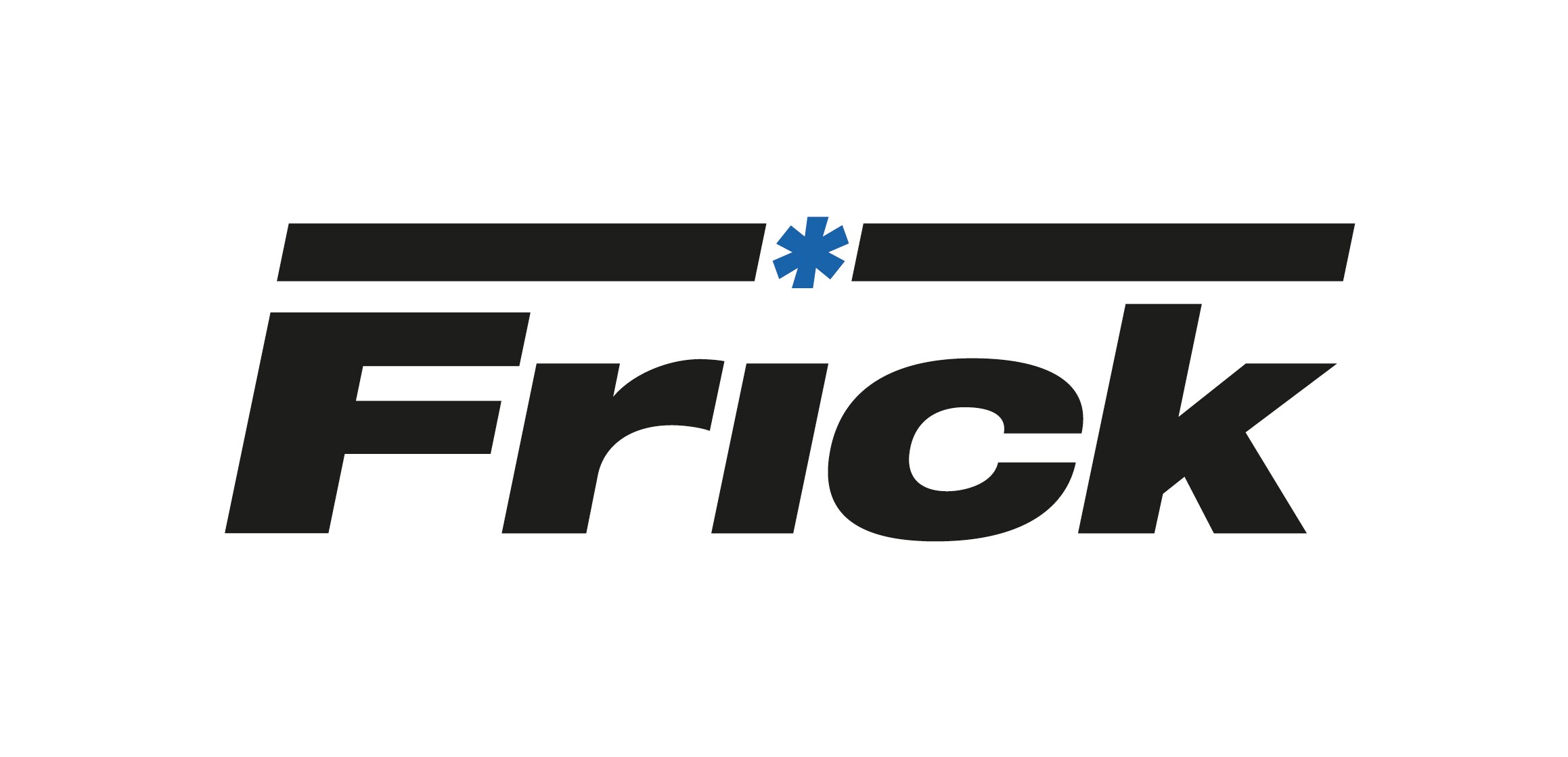







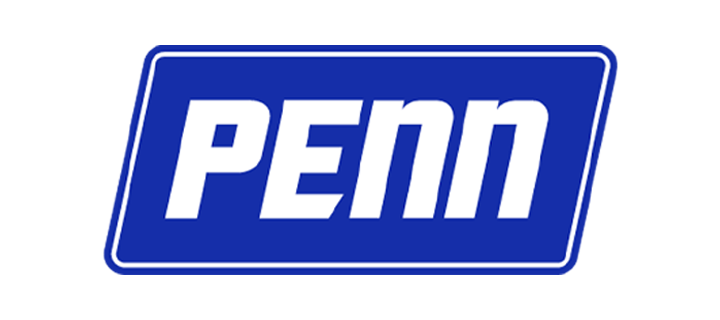

.jpg?la=en&h=320&w=720&hash=244C75B74F0F77521D56164450973BCD)

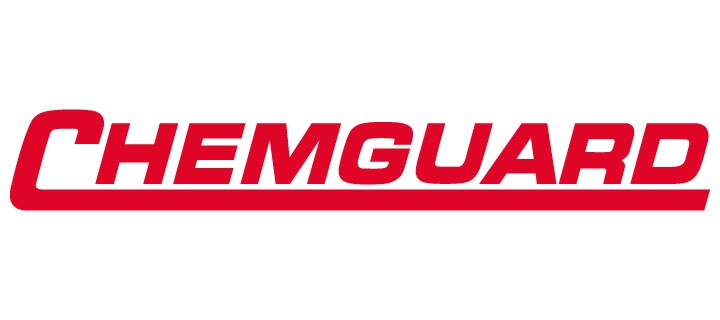
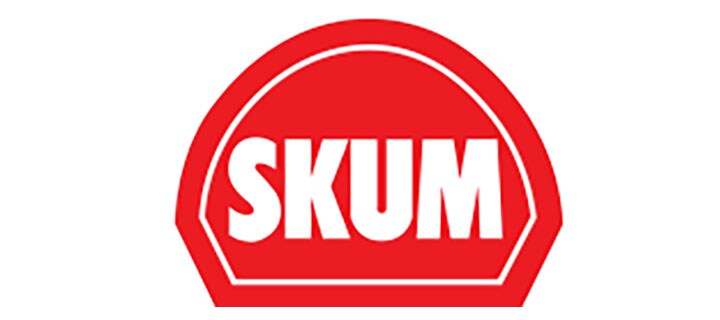


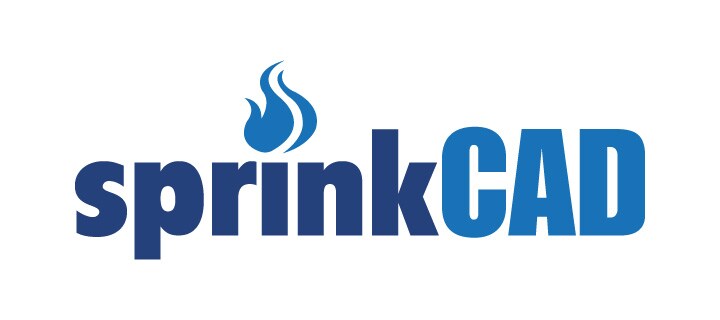
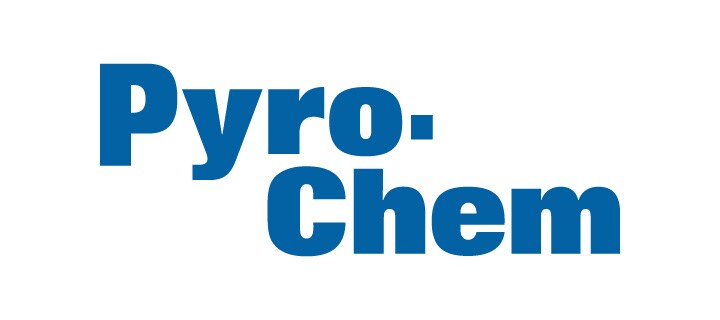







.jpg?la=en&h=310&w=720&hash=8D9823F26AA80B2B75C3E4B2E61770DC)


.jpg?la=en&h=320&w=719&hash=13CA7E4AA3E453809B6726B561F2F4DD)
.jpg?la=en&h=306&w=720&hash=F21A7CD3C49EFBF4D41F00691D09AEAC)

.png?la=en&h=320&w=720&hash=18CFCCD916C92D922F600511FABD775D)














